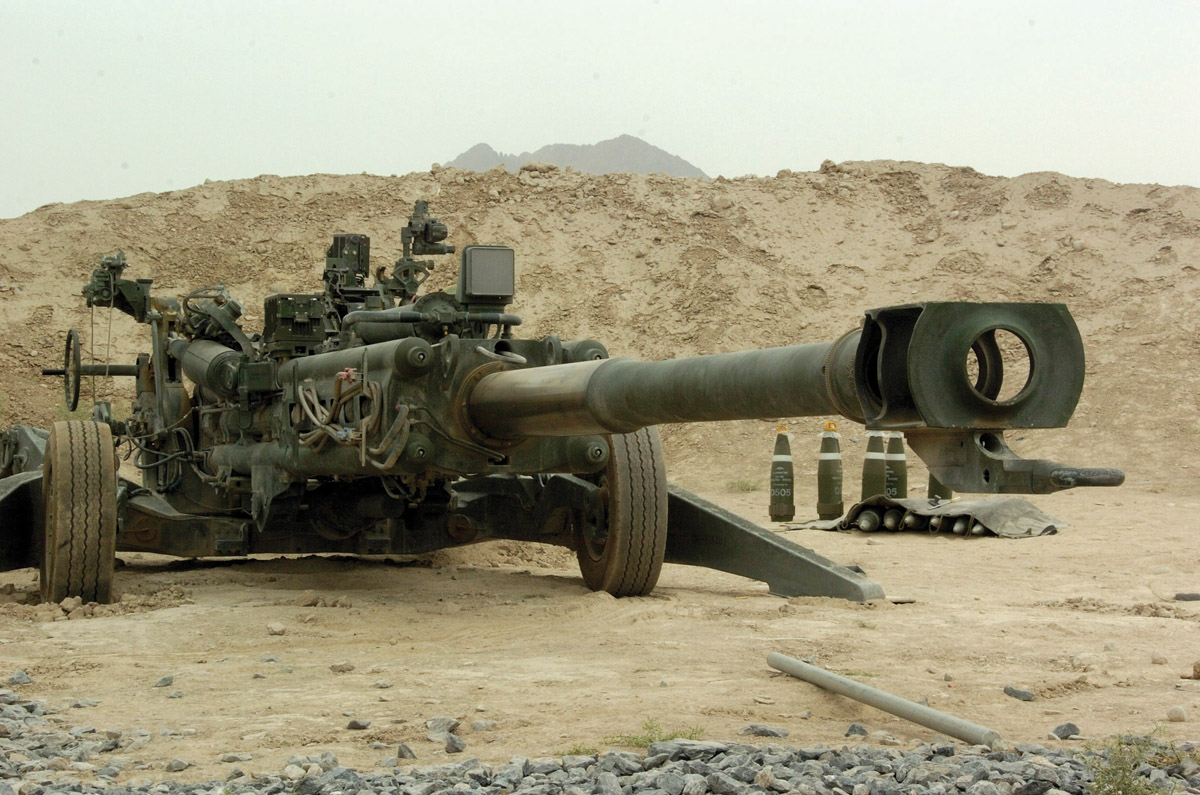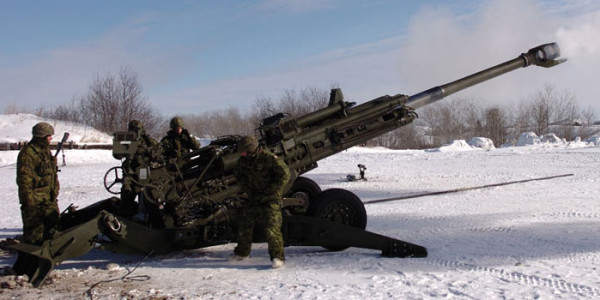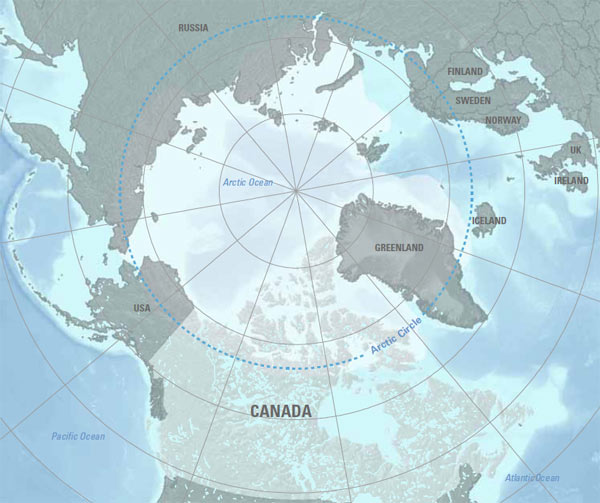Horror stories abound in Canada’s defence procurement. Between the fiasco of acquiring Leopard C2 main battle tanks from Germany for deployment to Afghanistan without air conditioning units or the tragedy involving the acquisition of four decommissioned Victoria-class submarines from the United Kingdom, which resulted in an onboard fire and the death of one sailor, Canadians are well-acquainted with the equipment challenges faced by all branches of the Canadian Forces. Less familiar to the Canadian public, however, are the success stories.
In particular, the Canadian Army struck an excellent bargain in its acquisition of the M777 light-weight 155-mm towed howitzer from the United Kingdom’s BAE Systems. Procuring 37 of these artillery pieces was a long process, beginning in 2005 and ending only in 2011. But this project survived the transition in power from Paul Martin to Prime Minister Stephen Harper largely because the procurement was well-managed by the Canadian Army and the combat operations in which Canadian troops were engaged in Afghanistan demonstrated the pressing need for this technology on the battlefield.
The majority of weapons fielded by the Royal Regiment of Canadian Artillery remain the C3 Close Support Gun, known elsewhere as the M101 105-mm howitzer and produced by the United States-based manufacturer Rock Island Arsenal. It is not a new design, having first seen use in combat with the US Army in the Pacific Theatre of the Second World War. Although the C3 variant acquired by the Canadian Army in 1998 makes significant improvements on the original design, it is by no means as a sophisticated as the M777 or the self-propelled artillery that accompanies modern American forces
An impressive dividend of the Canadian Army’s deal with BAE System is the access Canada now enjoys to the XM982 Excalibur shells, which are specially made for use with the M777 and are essentially extended range guided artillery shells. These munitions are so precise that they can be employed in a close support role, hitting targets within 150 metres of friendly troops. Its range is estimated at approximately 40 to 57 kilometres, significantly extending the reach of Canadian ground forces. With this technology, the Canadian Army will not likely require the replacement of its artillery for some time to come.
In particular, the Canadian Army struck an excellent bargain in its acquisition of the M777 light-weight 155-mm towed howitzer from the United Kingdom’s BAE Systems.
This is a marked departure from a previous experience with procuring artillery for the Canadian Army. Committed to significant deployments in Bosnia and Herzegovina in the 1990s, several LG1 Mark II 105-mm howitzers were purchased in haste from French manufacturer GIAT and actually delivered directly to the Canadian units in Bosnia. This ‘last minute’ approach to purchasing defence equipment now largely seems to be a relic of the past, at least as far as the Canadian Army is concerned.
Even so, there is some room for improvement in the equipment afforded to Canadian artillery units. The US Army has begun to simplify its logistics by developing integrated munitions types. For example, the 105-mm M1130E1 High Explosive Pre-Formed Fragments is a cartridge that replaces four existing high-explosive projectiles and two propelling charges with a single round. Whereas American artillery units once needed to carry multiple munitions types in order to strike targets at various ranges, one munition can be used at all ranges for the M119 105-mm howitzer. Canadian defence officials should closely follow such projects, exploring the potential to improve the performance of the C3 Close Support Guns through the adoption of similar technology.
Although the combat mission in Afghanistan has concluded, it can be difficult to say when the international community will next call upon Canada’s guns.





